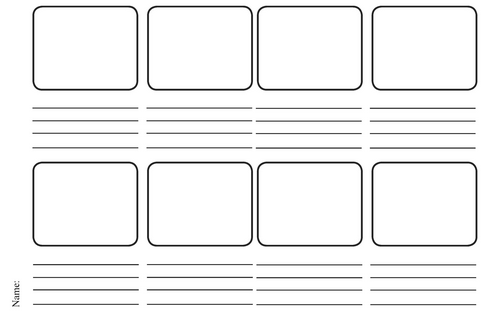6 Top Tips When Shooting For Sequencing
 Sequencing is the order you put shots together to tell a story, rather than having one continuous shot. Sequencing makes a feature more interesting than a single shot from one angle, and allows you to break a shoot into short segments, making it more manageable to film (and edit). To get the shots you need for good sequencing, it is essential to have plenty of cut-aways and GVs for editing the piece together. The shots you use and the techniques used in the shots, such as "pull-to-reveals," also help to tell the story of the feature.
Sequencing is the order you put shots together to tell a story, rather than having one continuous shot. Sequencing makes a feature more interesting than a single shot from one angle, and allows you to break a shoot into short segments, making it more manageable to film (and edit). To get the shots you need for good sequencing, it is essential to have plenty of cut-aways and GVs for editing the piece together. The shots you use and the techniques used in the shots, such as "pull-to-reveals," also help to tell the story of the feature.
- Always get general shots of the location that an interview or sequence is being filmed, to give context.
- Be sure to film anything that you mention in a voice-over or piece-to-camera. If you mention a bus, you should get a shot of one.
- For internet video, there should be as little camera movement as possible - no pan, no zoom. Cut to reveals instead of zooming out or tracking with the camera.
- To reveal something in context, you can start in close and zoom out, or cut to the reveal.
- You can gradually zoom in on interviews, to increase the connection to the subject, or cut to a close up.
- Always get cut-aways of the subject - if you are doing an interview, get cut-aways of their hands, their feet, of them working.